The Critical Care HESI: Latest Updates, Guaranteed Success | 2024-2025 Edition is a comprehensive study resource meticulously designed for nursing students preparing for the Critical Care HESI Exit Exam. This edition has been fully updated to align with the latest 2024-2025 exam standards, incorporating Next Generation NCLEX (NGN) question formats to ensure relevance and accuracy. It features over 1,000 practice questions, including 55-160 questions per test bank, with detailed, verified answers and rationales to deepen understanding of critical care concepts. The resource covers essential topics such as fluid resuscitation, myocardial infarction care, and asthma management, tailored to the high-stakes environment of critical care nursing. Additionally, it includes proven test-taking strategies, insider tips for managing exam anxiety, and a curated list of supplementary study aids like flashcards and online resources. Backed by real student reviews—such as achieving a 928 score when only an 850 was needed—this guide guarantees success by offering a structured study plan, personalized remediation, and competency checklists to track progress. Whether you’re aiming to pass the HESI Exit Exam or preparing for a career in critical care nursing, this resource equips you with the tools to excel.
Preview
1. What is the primary issue in Acute Respiratory Distress Syndrome (ARDS)?
A) Excessive fluid in the lungs
B) Inadequate exchange of oxygen for carbon dioxide in the lungs
C) Increased airway resistance
D) Airway obstruction
Correct Answer: B
Rationale: In ARDS, the lungs cannot effectively exchange oxygen and carbon dioxide, leading to severe
hypoxemia.
2. Which of the following is NOT a characteristic of ARDS?
A) Hypoxemia even with 100% oxygen
B) Decreased pulmonary compliance
C) Increased lung sounds on auscultation
D) Non-cardiac-associated bilateral pulmonary edema
Correct Answer: C
Rationale: In ARDS, lung sounds are often normal initially because edema first occurs in the interstitial
spaces, not the airways.
3. Which of the following interventions is recommended to prevent complications in a patient with
ARDS on mechanical ventilation?
A) Keep the head of the bed flat
B) Elevate the head of the bed to at least 30 degrees
C) Limit oral hygiene
D) Reduce sedation
Correct Answer: B
Rationale: Elevating the head of the bed helps improve lung expansion and reduce the risk of aspiration.
4. What is a common cause of respiratory failure?
A) Allergies
B) Bronchospasm
C) Exacerbation of COPD
D) Asthma
Correct Answer: C
Rationale: Exacerbation of chronic obstructive pulmonary disease (COPD) is a common cause of
respiratory failure due to airway obstruction and impaired gas exchange.
A) Excessive fluid in the lungs
B) Inadequate exchange of oxygen for carbon dioxide in the lungs
C) Increased airway resistance
D) Airway obstruction
Correct Answer: B
Rationale: In ARDS, the lungs cannot effectively exchange oxygen and carbon dioxide, leading to severe
hypoxemia.
2. Which of the following is NOT a characteristic of ARDS?
A) Hypoxemia even with 100% oxygen
B) Decreased pulmonary compliance
C) Increased lung sounds on auscultation
D) Non-cardiac-associated bilateral pulmonary edema
Correct Answer: C
Rationale: In ARDS, lung sounds are often normal initially because edema first occurs in the interstitial
spaces, not the airways.
3. Which of the following interventions is recommended to prevent complications in a patient with
ARDS on mechanical ventilation?
A) Keep the head of the bed flat
B) Elevate the head of the bed to at least 30 degrees
C) Limit oral hygiene
D) Reduce sedation
Correct Answer: B
Rationale: Elevating the head of the bed helps improve lung expansion and reduce the risk of aspiration.
4. What is a common cause of respiratory failure?
A) Allergies
B) Bronchospasm
C) Exacerbation of COPD
D) Asthma
Correct Answer: C
Rationale: Exacerbation of chronic obstructive pulmonary disease (COPD) is a common cause of
respiratory failure due to airway obstruction and impaired gas exchange.




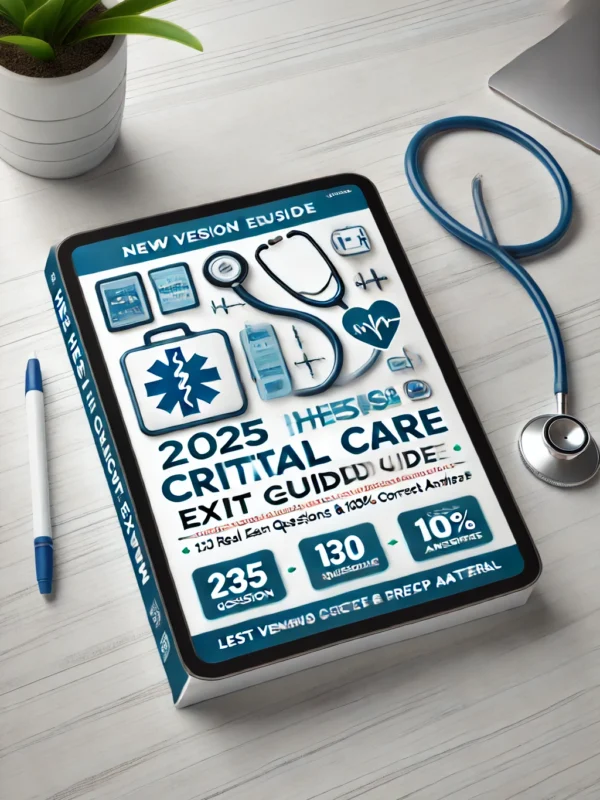
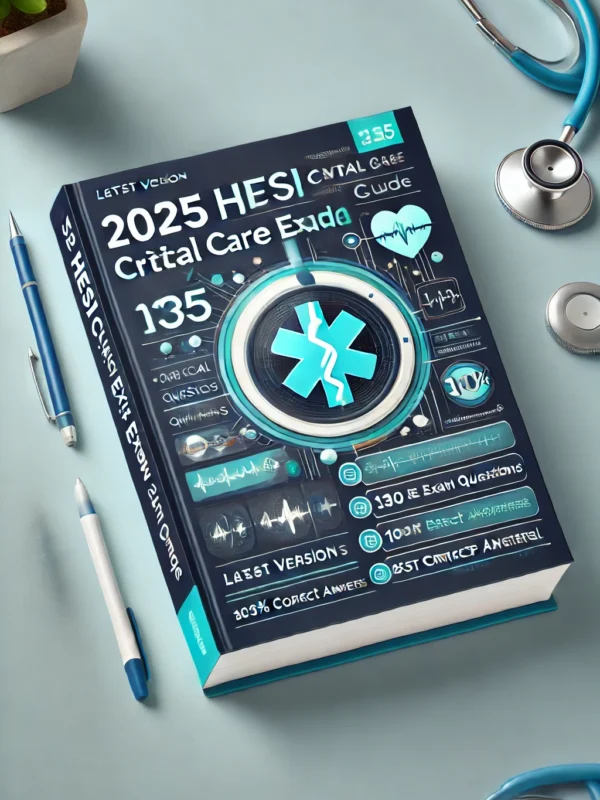
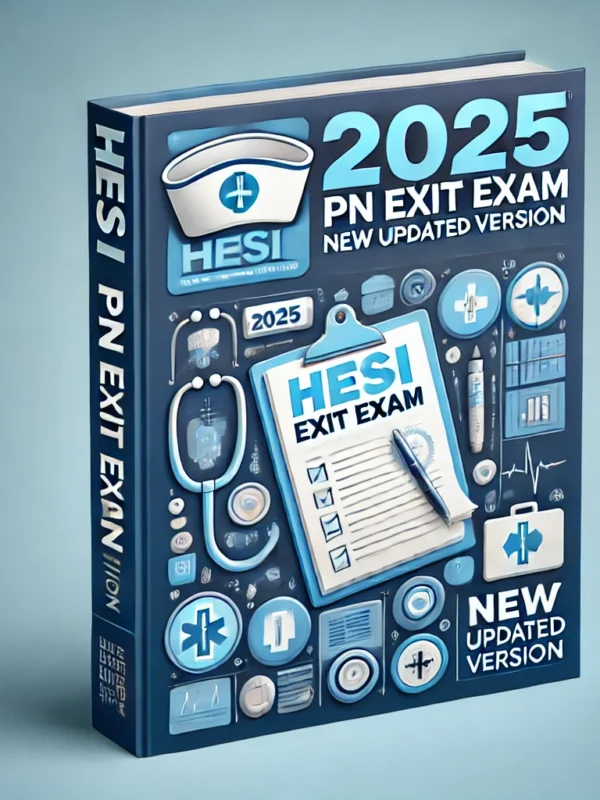
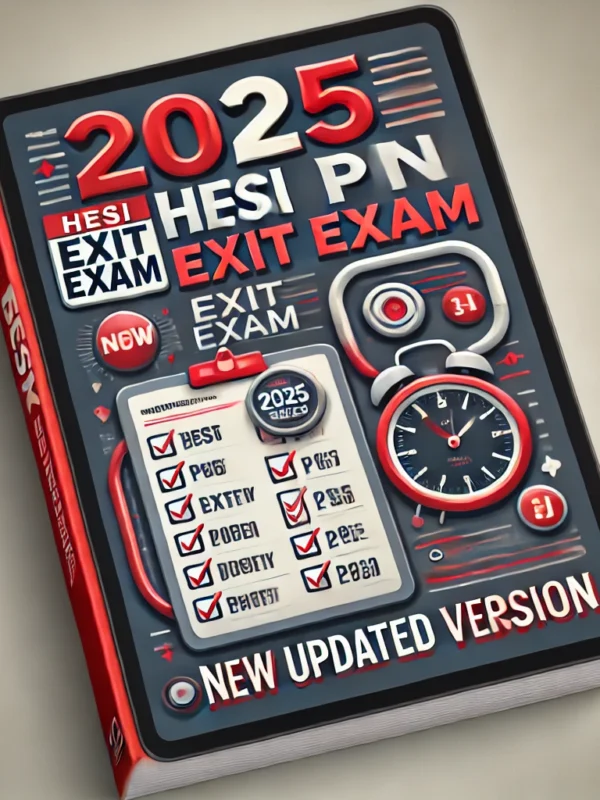

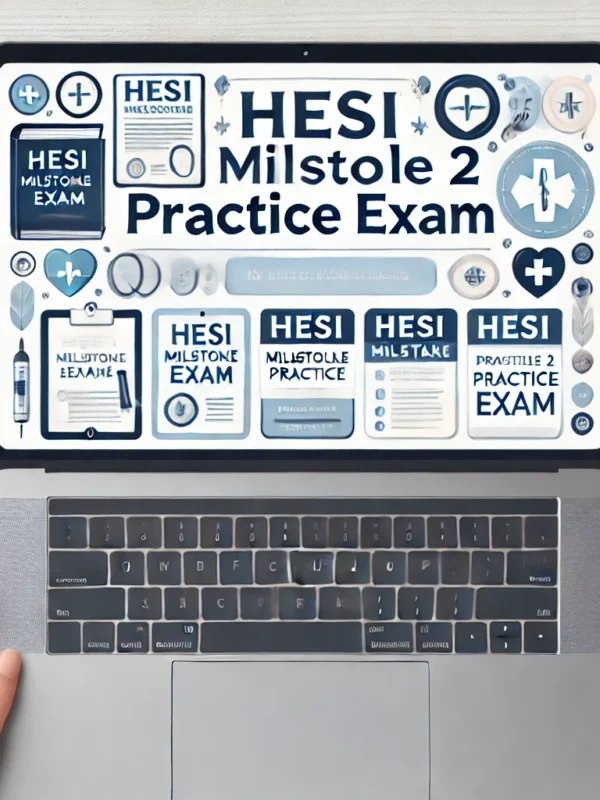
Reviews
There are no reviews yet.